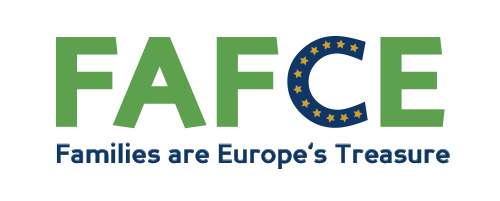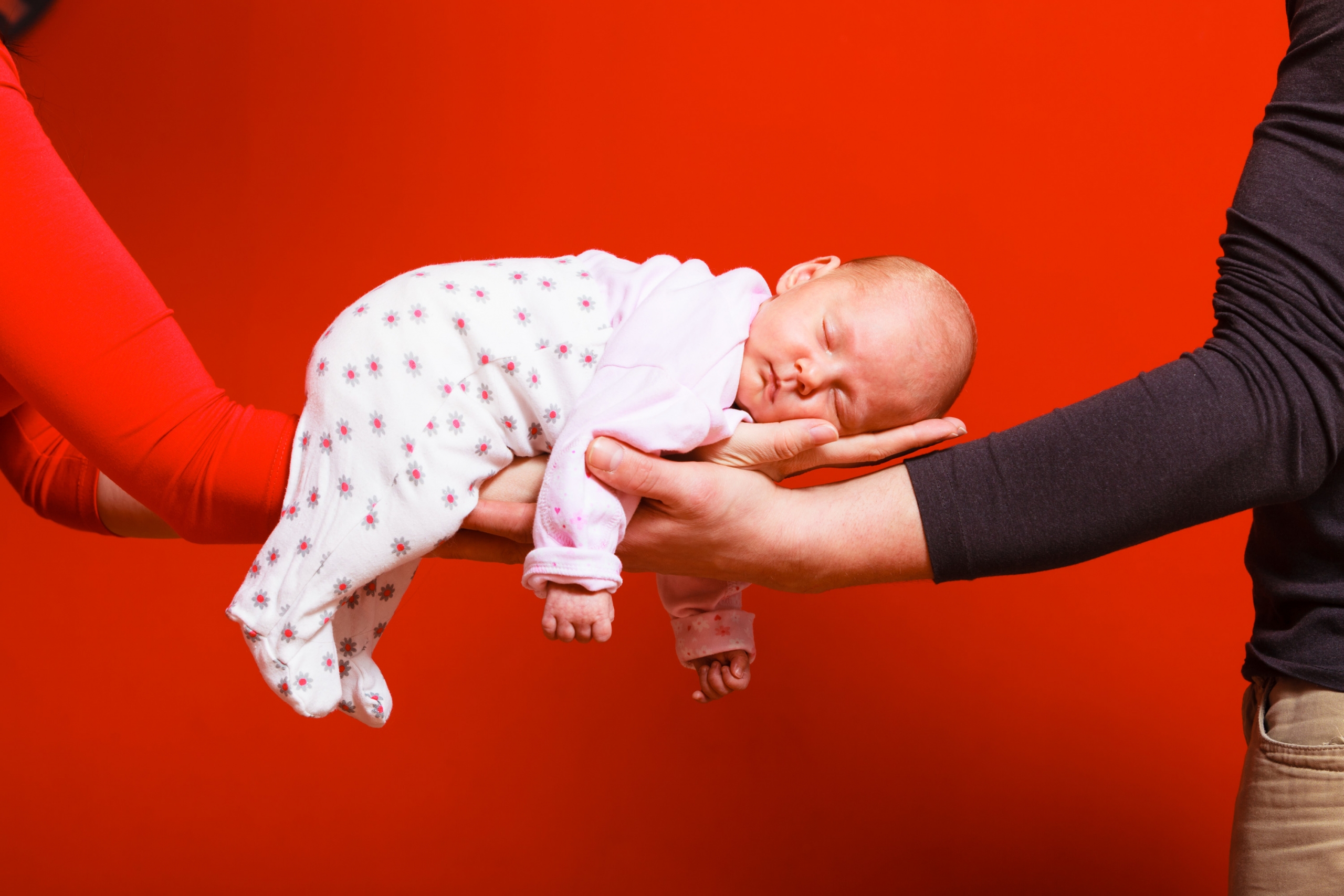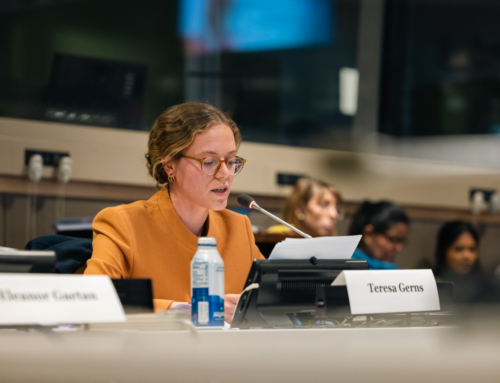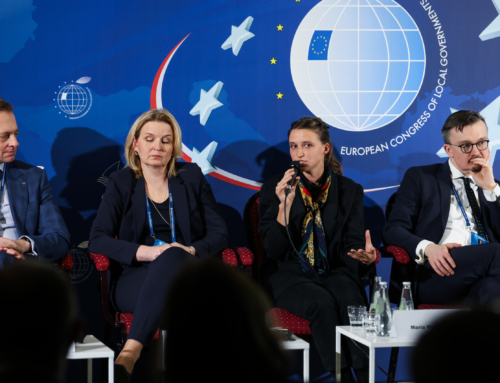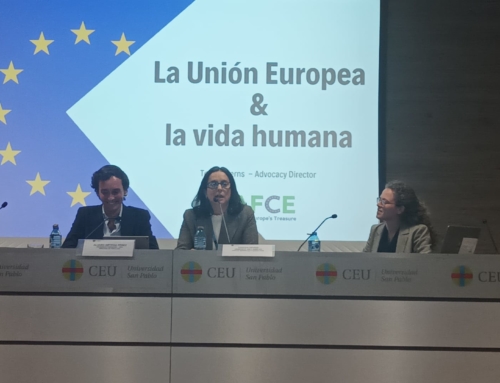Rocio Franch Oviedo
In recent years, courts across Europe and, in particular, the European Court of Human Rights (ECHR) have been following a trend in favour of accepting surrogacy in relation to the “child’s best interests”. In most cases, the Courts accept surrogacy, stating that it is better for a child to have a ‘known couple’ ready to take care of him than an unknown mother, even if the couple has been refused by an adoption processes.
The general principle from the Convention on the Rights of the Child states that the best interest of the child should be the priority in all matters concerning children. As the European Convention of Human Rights didn’t include this general principle, this concept is being developed by the jurisprudence of the European Court of Human Rights around Article 8 of the European Convention on Human Rights, which protects the right to have a family life. Nowadays, the ECHR trend is to understand ‘family life’ in more general terms, as any type of relationship between two or more individuals.
Nevertheless, across Europe, many individuals and civil organizations are against the practice of surrogacy. They oppose surrogacy not only because it is considered as contrary to children’s rights, but also because surrogacy can be considered as an exploitation of women and the indebt use of their reproductive organs, more so for those living in a situation of poverty or marginalization. In addition, surrogacy has severe short and long-term health risks for the woman. In Sweden, the Women’s Lobby started a campaign against the surrogacy motherhood Act that the Swedish government has promoted. The Swedish campaign against surrogacy states that surrogate motherhood is a trade with women’s bodies and children, as well as a threat to women’s basic human rights and bodily integrity.
In addition, surrogacy encourages the trade of buying/selling children and the exploitation of women for money or other benefits. By observing the experiences in countries where surrogacy without compensation is legal, (United States, Netherlands or United Kingdom) it is difficult to demonstrate that commercialization has not ensued. The European Women’s Lobby, the largest organization of women in Europe, maintains that in all cases the surrogacy practice means a trade of human beings.
However, in the European institutions surrogate motherhood has become a topic for debate. The Women’s rights Committee of the European Parliament has published in 2011 a report emphasising “that surrogate motherhood represents a commodification of both women’s bodies and children”. On the other hand, the European Court of Human Rights, as previously mentioned, has decided in favour of surrogacy in some recent cases (see for more information, cases as Mennesson v. France, Labasee v. France or Paradiso and Campanelli v. Italy).
Public awareness, however, is increasing all over Europe: movements such as Sentinels, which started in France, are also now organising actions in Italy. In May 2015, the city of Brussels hosted a commercial conference devoted to the publicity of surrogacy companies and to give information to gay couples about this practice: a protest was organised at the same time by FAFCE and other civil society organisations, demanding the dignity of children and women to be respected.
Indeed, surrogate motherhood violates not only the rights and dignity of the woman, but also the right of the child to know his origins and to be cared by his parents: these are two basic rights protected by the Convention on the Rights of the Child. In addition, surrogate motherhood, unlike the adoption process, doesn’t take into account the suitability of the parents. The child faces a situation in which his ‘legal parents’, approved by the Courts, ‘bought’ him or her through a contract. Courts across Europe are accepting these contracts as an adoption process, since they believe that a ‘known couple’ will be better than an ‘unknown’ mother (who, in the Courts’ eyes, has abandoned her child).
The vast majority of the cases submitted to the national and international courts are from couples (homosexual or not) that have established a surrogacy agreement in a country where this practice is permitted. Back at home, the couple wants to register the child as their son/daughter who has no biological link or social relationship with at least one of the so-called “parents”. The “intended parents” find themselves with the opposition of the laws in the countries where this practice is not allowed.
Within this system, the forgotten is the child, helpless at not being able to express itself on the fact that it was “made” to give people their “right to a child” at any cost. In most of the cases, the baby has not spent more than one year with his or her “intended” parent, so the tribunal cannot really demonstrate the “social ties” with them. However, in regards to the best interests of the child, the Courts are defending that just three months of life with the intended parents can be demonstrate as a permanent and social tie with the children (as in Paradiso and Campanelli v. Italy).
The argument is that, if a child is really abandoned by his parents, he also has the right to be given to a responsible family with the same guarantees of the adoption processes in any country. With surrogate motherhood the guarantees are not respected. In conclusion, surrogacy is becoming the back door to assume the “right to have a child” and to confirm that, actually, a desire can become a right.
